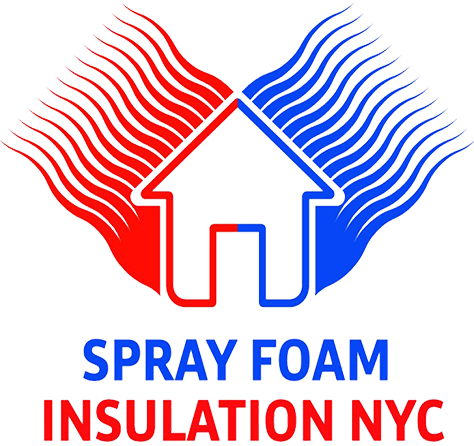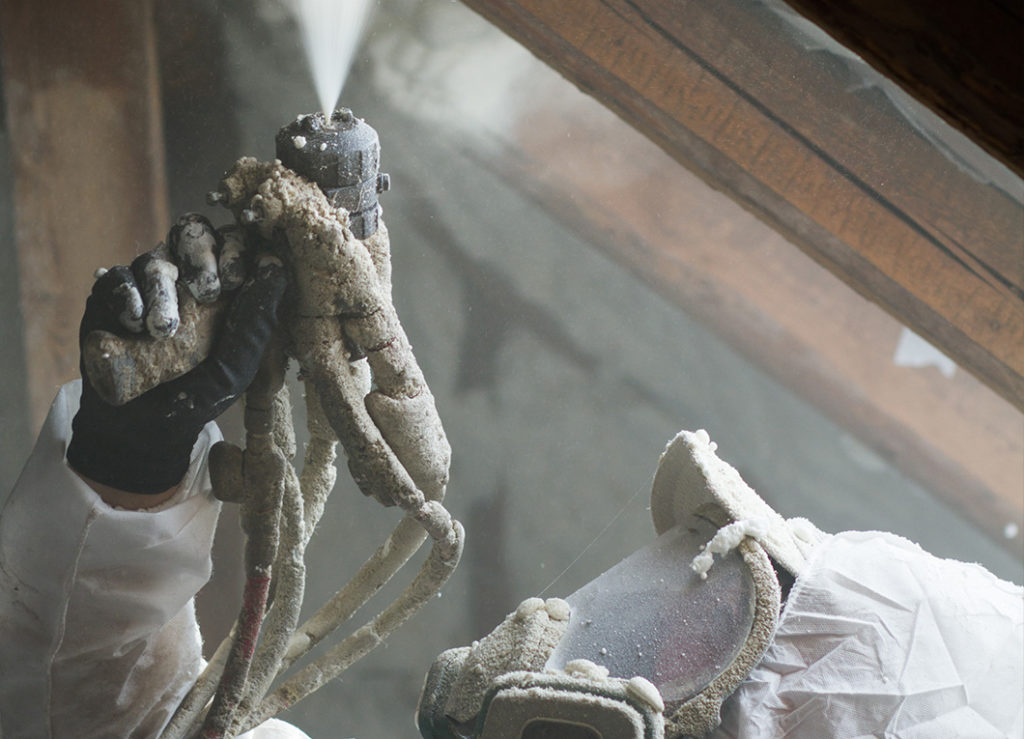Spray polyurethane foam (SPF) insulation helps keep homes warm in the winter and cool in the summer. Because it is sprayed directly into the gaps, cracks and other surfaces that contribute to heat loss, it both insulates and air seals, offering one of the easiest and most effective ways of weatherizing existing homes and new construction. When installed following proper safety and handling guidelines, spray polyurethane foam can help…
- The U.S. Environmental Protection Agency estimates (for all insulation) that homeowners who air seal and insulate their homes can save up to 20% of heating and cooling costs (or up to 10% total energy costs). (Source: Energy Star)
- SPF resists heat transfer better than many other insulation materials, with R-values typically in the range of 3.5 – 6.5 per one inch of thickness. R-value is a term used to rate an insulation’s ability to resist conductive heat transfer. The higher the R-value, the more effective the insulation’s ability is to reduce conductive heat flow.
- Because SPF insulation minimizes air infiltration, it assists in preventing moisture vapor from entering and escaping the home, which in turn reduces the load on heating and cooling systems.
*Savings vary. Find out why in the seller’s fact sheet on R-values. Higher R-values mean greater insulating power.
Reduce heating and air conditioning size
- HVAC sizing can be reduced as much as 35% without the loss of efficiency and comfort. (Source: Canadian Urethane Foam Contractors Association)
Reduce drafts, noise and increase comfort
- SPF is an effective air barrier.
- SPF is commonly used to prevent drafts from windows, doors, attics and floor boards creating a more comfortable indoor environment.
- SPF helps minimize air-borne sound transmission.
Impede entry of insects and pests
- Sealing gaps with SPF from the outside provides a barrier against insects and other pests.
Minimize air infiltration that can generate condensation and result in mold growth
- Moisture and humidity inside the home can lead to mold growth. Gaps and cracks in the building structure and condensation on windows can keep the humidity high and support mold and mildew growth. Left unchecked, mold and mildew can cause wood to rot. Air sealing the gaps between the attic and living space can help manage moisture and humidity issues.
Seal small cracks to insulate large areas, such as walls and roofs
- Because SPF is spray-applied on site, it can more easily insulate and seal the small cracks common in homes. The application also makes expansive surfaces – like walls, attics and roofs – easy to cover in a relatively short amount of time.
- Depending on the application, different types of SPF may be used. (See “Types of SPF insulation and how it’s applied“)
Resist settling due to its general stability
- Typically not subjected to structural deterioration/decomposition and resists settling.
Qualify for utility rebates, tax credits and green certification
- The energy savings obtained by air sealing homes is significant enough that the purchase and use of SPF products may qualify for tax credits under the new American Recovery and Reinvestment Act of 2009. The American Recovery and Reinvestment Act allows for a tax credit of 30% on the purchase of energy efficient products, up to a maximum of $1,500 per year in 2010. Check with the manufacturer for confirmation that the specific SPF product qualifies for the tax credit and for further information and instructions on filing for the credit.
- Many local utility companies offer rebates for energy efficiency upgrades. Check with your utility provider for eligibility.
- To learn more about federal tax credits for energy efficiency, you can visit the ENERGY STAR web site on Federal Tax Credits for Consumer Energy Efficiency.
- For new construction or major remodel projects, the use of SPF may help earn energy-efficiency credits under residential green certification programs. A few sources you can visit include:
- Green Globes
- U.S. Green Building Council – LEED (Leadership in Energy and Environmental Design)
- National Association of Home Builders – information on scoring details

